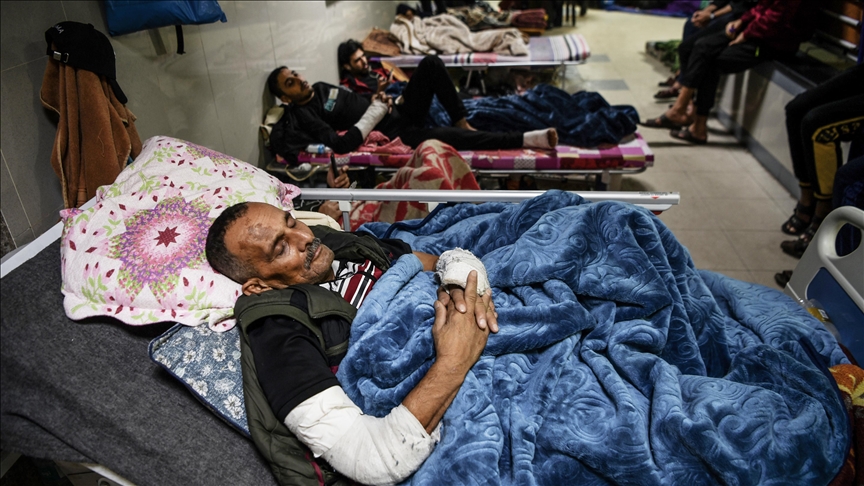In Gaza, it’s not just war that kills. (click here for the Arabic version)
Amid the rubble of hospitals, the ruins of schools, and the overcrowded displacement shelters, meningitis has emerged—an extension of death, but this time without airstrikes or missiles. A silent killer, creeping through blood and spinal fluid, targeting children exhausted by bombs and a healthcare system on the brink of total collapse.
Meningitis is not new to overcrowded areas.
But it becomes deadly when a patient has no early diagnosis, no antibiotics, no clean bed, not even a fan to keep the flies away from their open wounds.
In Gaza, where the number of doctors shrinks by the day, where electricity is out for long hours, where hundreds of families sleep in school corridors without sanitation or proper ventilation, meningitis becomes a death sentence—not just a disease.
Doctors work without pay.
Labs stand still.
Vaccines are unavailable.
Expired medications are sometimes the only option.
War doesn’t just kill with bombs.
It kills when medicine is blocked from entering.
It kills when doctors and paramedics are targeted.
It kills when schools turn into overcrowded shelters, and shelters into breeding grounds for infection.
In one fragile handwritten medical report, it said:
“Child: Rahaf, 4 years old. Suspected meningitis. No transportation available to hospital.”
Two hours later, the line below read: “Deceased.”
Did Rahaf die because of meningitis?
Or because she was Palestinian?
Or because the world has decided that Gaza is not worth saving?
Meningitis in Gaza is not just an illness.
It is a symptom of a deeper wound called siege.
And it won’t be cured by antibiotics alone—but by lifting oppression, opening hospitals, and restoring children’s right not just to survive, but to live.
Alaa Alburai, Kufi Productions





